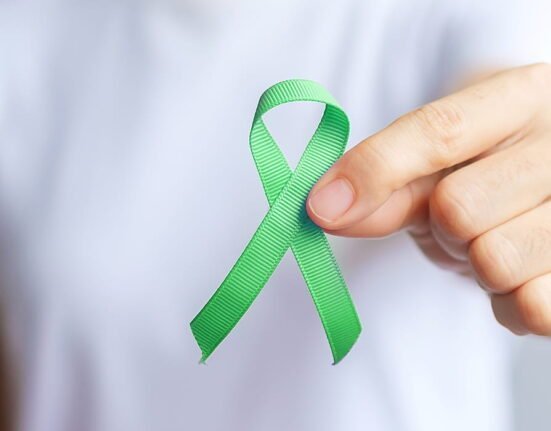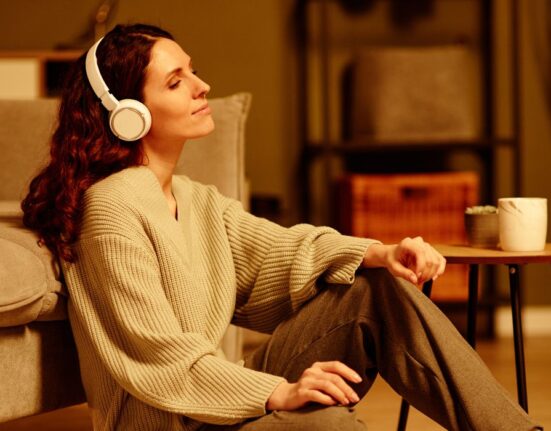From our homeland to vast areas of the geographical landscape of the world, war always stands as an issue of extreme mental health challenges and family crisis, especially in third-world countries that deal with the idea of lost hope, homes, and family. Grief settles like a leech and sits with the citizens as collective anxiety and struggles with identity and settling in the society as a cultural minority.
Borders are across the world, not just separating boundaries but areas that are affected the most, where resilience and community support stand as the last hope of survival. Living on the edge most of the time, where daily challenges are met with high risks and potential dangers take over the entire working system of a human in a conflict zone.
Read More: How to deal with a Conflict?
When War Arrives at the Doorstep
Imagine growing up in an environment where crossing the street means crossing into harm. Family life is strained in these environments. Parents work hard to keep things stable, but children often pick up the stress, and routines can be settling stones for a lifetime. Schooling gets interrupted, jobs are lost, and the emotional climate at home can change from warmth to worry.
Arguments mount, and family roles shift dramatically; children can be forced to mature prematurely, and adults assume the double burden of survival and care. It’s not merely a crisis of logistics; it’s also a deeply emotional one. If security is no longer secure, families can suffer chronic trauma, bereavement, and prolonged feelings of loss.
Read More: Decoding Group Conflict: Lessons from the Robbers Cave Experiment
Hope Beyond the Lives
Living near conflict or in a border region can be deeply disturbing. But it also shows us something about the human spirit and its deep relevance in all human existence, that even in fear, families protect one another, even in trauma, communities find ways to heal, and even in silence, voices begin to rise. As global citizens, the least we can do is amplify and support the mental health needs of those living on the margins of peace. Their resilience isn’t just inspiring, it’s instructive. It reminds us that healing isn’t an individual act. It’s a collective one.
A World on Fire: War in Our Time
Over the past few years, there have been outbreaks of or escalations in armed conflicts across the globe, including Israel-Palestine and India-Pakistan, to name just a few. Each crisis has its specific story, but the human toll remains constant. The innocent civilians are caught in the middle, and mental health is an indirect casualty. Whole generations can grow up with trauma, mistrust, and displacement as their only experiences. But it’s not only bombs and bullets. The insidious long-term impacts of ethnic violence, militarisation, forced displacement, and long-term occupation have the power to fragment identities and rend the social fabric of communities.
Read More: Conflict Resolution Strategies and Skills
Mental health challenges
Mental challenges can be hard to see, but they affect many more of us than we might think. It’s not always accompanied by obvious symptoms such as a broken arm or a temperature. Rather, they appear in subtle forms, such as someone losing enthusiasm for things they once loved, pulling away from conversations, or being perpetually exhausted despite a night of sleep.
Places affected by war, poverty, or displacement—like border regions or conflict zones—are where these challenges often grow more intense. Such challenges include living with daily uncertainty, being exposed to violence, or losing one’s home or loved ones, which can go deep into one’s mind. Anxiety could not be resolved, panicked cycles can be uncritical confinement, or even a heavy sadness that will not lift.
Kids can become aggressive or abnormally quiet, unable to describe what they’re experiencing. But mental health doesn’t just stem from dramatic circumstances, it can result from chronic stress, isolation, prejudice, or the need to seem “tough” all the time. In most societies, however, discussing mental health is still taboo, which makes it even more difficult for individuals to seek help.
They quietly suffer, believing no one will know or that they’ll be judged. The key to remember is that mental illness is as real and vital as bodily illness. Getting help by discussing it with a friend, counsellor, or getting into a support group is evidence of strength, not weakness. And showing compassion to someone who’s hurting can be an enormous step in the healing process. We all have a role to play in normalising and making mental health an everyday, safe conversation.
Read More: 10 Signs Your Body Is Responding to Unprocessed Trauma, According to Psychology
Resilience: The Quiet Strength
But within the cracks, something strong usually comes out: resilience. Families become experts at adjusting in incredible ways. They develop robust routines to preserve normality, having dinner together during a blackout, having birthdays in bunkers, or establishing home-based makeshift classrooms. Others develop resilience in spirituality, through storytelling, or merely by keeping in touch through phone calls and letters. Resilience is not about faking that everything is okay; it’s about being present for life in spite of adversity. And in many border towns, this type of resilience becomes a learned trait, one that is passed down like a family heirloom.
Read More: Cultural Kaleidoscope: Learn about Cross-Cultural Psychology
Community support
Building community support and compassion starts with establishing spaces where individuals can feel safe, heard, and valued. It begins locally, through open dialogue, community gatherings, and inclusive events that unite people across differences. Schools, places of worship, and community organisations can serve as powerful engines for teaching empathy by promoting storytelling, shared experience, and cross-cultural education.
Community is built when people feel supported to assist, whether through volunteering, visiting neighbours, or just lending an ear. Empathy requires us to place ourselves in another’s shoes and act in their best interests out of concern and connection. These small, repeated acts of kindness can, over time, turn an isolated set of individuals into a resilient, vibrant, and emotional support community.
FAQs
1. How do I promote the mental well-being of an individual who resides in a conflict or border zone?
You don’t have to be a professional to make a difference. Begin by being an empathetic listener—allow them to tell you about their experiences without judgment. Keep yourself informed about their area and don’t make assumptions. If you can, get them linked with online mental health facilities or local NGOs. Emotional validation, regular check-ins, and merely showing that you care can come a long way in making them feel less isolated.
2. What are some signs that someone is struggling mentally due to conflict or displacement?
Common signs include withdrawal from others, sudden mood changes, anxiety, difficulty sleeping, and a sense of hopelessness. In children, it might show up as aggression, clinginess, or trouble concentrating. These symptoms may not always be obvious, so creating a non-pressuring environment where people feel safe to talk can help bring these struggles to light.
3. Can community empathy make a difference in mental health recovery?
Yes, definitely. Research and actual accounts reveal that solid social support systems minimise stress, enhance coping skills, and even make therapy or aid programs more effective. Community empathy in the form of kindness, acceptance, and shared responsibility can recreate a feeling of belonging and security that is usually destroyed in war-torn areas.
References +
Silove, D., Ventevogel, P., & Rees, S. (2017). The contemporary refugee crisis: An overview of mental health challenges. World Psychiatry, 16(2), 130–139. https://doi.org/10.1002/wps.20438
Tol, W. A., Song, S., & Jordans, M. J. D. (2013). Annual research review: Resilience and mental health in children and adolescents living in areas of armed conflict–a systematic review of findings in low- and middle-income countries. Journal of Child Psychology and Psychiatry, 54(4), 445–460. https://doi.org/10.1111/jcpp.12053
Hobfoll, S. E., Watson, P., Bell, C. C., Bryant, R. A., Brymer, M. J., Friedman, M. J., … & Ursano, R. J. (2007). Five essential elements of immediate and mid-term mass trauma
intervention: Empirical evidence. Psychiatry: Interpersonal and Biological Processes, 70(4), 283–315. https://doi.org/10.1521/psyc.2007.70.4.283
World Health Organisation. (2022). Mental health in emergencies. https://www.who.int/news-room/fact-sheets/detail/mental-health-in-emergencies













Leave feedback about this